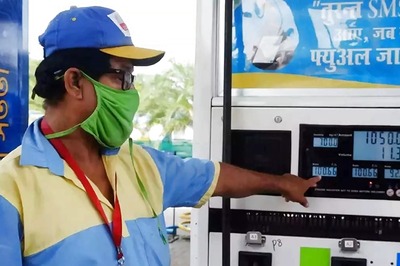
views
Dengue fever has been contracted by fewer people in Chandigarh, but health experts say that there is a danger of a rise if the weather stays humid, reported TOI. According to the news story, doctors had received only 20 cases of dengue till August 21, as compared to the 34 last year till this time.
Speaking about the same, an official in the UT health department told TOI that if the humidity continues, an upsurge in cases is not far since it will be a "friendly condition" for the carrier mosquito to breed.
According to the UT Health department records, there has been a drop in cases of malaria, dengue and chikungunya as compared to last year, till August 21. The health official also said that the vector-borne diseases result from the breeding of mosquitoes in abundant, stagnant water in exposed overhead tanks, containers, room coolers and disposable articles, which get easily filled with rainwater.
Notably, the malaria wing of the health department has issued more than 5,000 notices, besides show-cause notices and challans to house owners who allow water logging in such places.
A team doctor, working with the municipal corporation's inspection teams, said that checking inside residential areas for mosquito breeding ground has been difficult because residents do not cooperate with the MC's field workers. The residents often block access to breeding grounds.
The highest number of cases of dengue fever recorded in Chandigarh was in 2017, when 983 people were detected with dengue. That number fell to 200 cases in 2018.
As per the TOI report, doctors have two main tests for dengue, the fever-NS1 and Igm-Elisa. The NS1 is an antigen test recommended only in the first five days of the onset of clinical symptoms. Talking to TOI, a Mohali physician Dr Deepa Bhaduri said that after five days, antibodies-based test Igm-Elisa is recommended for confirmation.
The doctor added that if the NS1 test has been conducted in the first five days, then chances of diagnosis of dengue fever are better.
Dengue is widespread throughout the tropics, with risk factors influenced by local spatial variations of rainfall, temperature, relative humidity, degree of urbanization and quality of vector control services in urban areas. While it was present only in nine countries before 1970, WHO says that the disease is endemic in more than 100 countries presently.



















Comments
0 comment